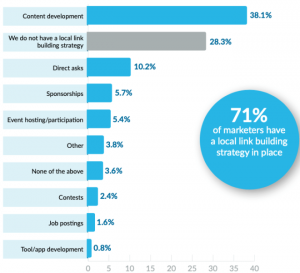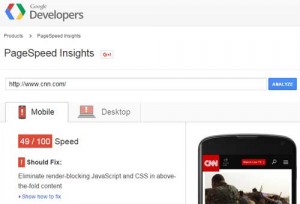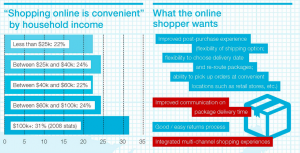A Google Multilocation SEO Strategy: How To Get The Most Out Of Keywords
Capitalizing on the time and the position of a hyperlocal organic listing in search results is key. In fact, this is the goal of multilocation SEO, to continuously increase the number of qualified visitors from unbranded searches to a nearby location. That’s according to research released Friday.
A report released today by the Wildeman Consulting Group offers up some pretty interesting points. The analysis from the 300-page study of high-ranking local landing pages aims to help marketers focus on what to prioritize. There’s also an example that marketers use as a template to design location pages using the data-driven strategy.
With multilocation businesses need local pages for several thousand locations, writing custom content for each page isn’t practical. Google can easily detect content doesn’t have in its database, and may decide not to index a local page if it finds that it’s too similar to another page.
And while there are multiple ways to create unique location pages, nearly all can be defined as hyperlocal content. In the local pages study, the analysis found that pages containing hyperlocal content had a 107% probability of outranking pages without it.
With the recent pandemic, multilocation information grows with importance. Consider including photos of employees wearing masks, cleaning tables, and practicing social distancing at a specific location. These images can be uploaded to Google My Business and other managed profiles for each location. And record high-quality videos and consider offering Customer Appreciation events before opening hours for regular customers.
The study suggests the business will have:
- 84% advantage for pages containing location images
Create generic copy for each location and then add hyperlocal fields into the web copy. For example, Red Robin creates keyword-rich content on their location pages, adding the city, address, and other fields into the copy in an attempt to make each local page consistent, yet unique as possible.
Search appearance also can be impacted by the structured data and within Google Maps and Map “Packs,” higher quality star ratings, compared with competing listings.
Off-page local SEO factors may include inbound links. The study found that a 105% advantage goes toward the page with the highest quality inbound link profile.
Interesting that, per the findings, Google My Business reviews did not give the same level of advantage as Yelp. GMB gave a 15% advantage over businesses with fewer reviews in Google Maps. The number of Yelp reviews also showed to be a significant ranking factor, offering a 30% advantage compared with competitors with fewer reviews.
- 9% advantage goes to businesses with 3+ stars in Yelp
- 1% advantage goes to businesses with 3+ stars in Google Maps
The number of linking websites gave a 3% advantage to businesses with fewer linking websites. This metric is based on the number of links coming from the same domain to the local page versus the total number of links pointing to the local page.
When considering design elements on a page, the study found several that stood out among high-ranking location pages in search engine results. The information? It’s typically the location and hours of operation, so the analysis suggests using a primary headline that includes the type of business and the location. For example, Joe’s Burgers, a Burger Restaurant in Anaheim. Then add the hours of operation and open status. Seems pretty simple, but not all businesses do.
The results produced:
- 10% advantage using an Open Now status compared with those that do not
- 2% advantage listing hours of operation compared with those that do not
Offering social engagement opportunities offer:
- 50% advantage using social links to the location’s Facebook, Yelp, and Foursquare pages
Providing prominent directions through offers
- 16% advantage having a link to Google Maps over those without
Curating third party customer feedback from Google Maps and Yelp did not show a positive impact to keyword rankings, perhaps because the information is not unique to the local page URL, according to the findings. It only provided a 4% advantage for pages featuring native reviews over those without.
(150)
Report Post






